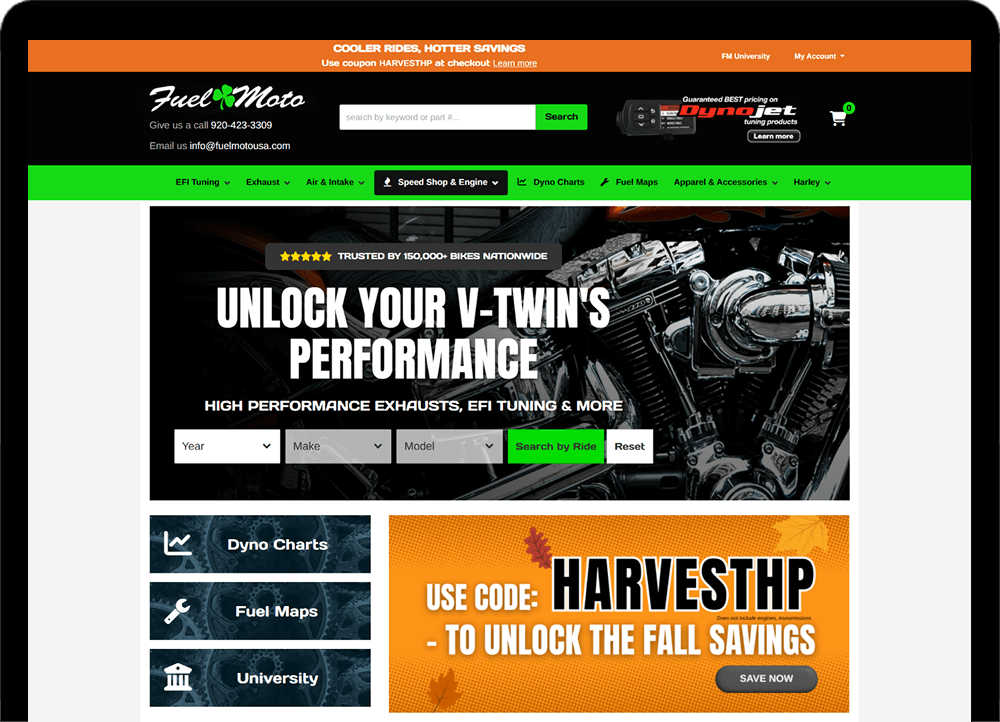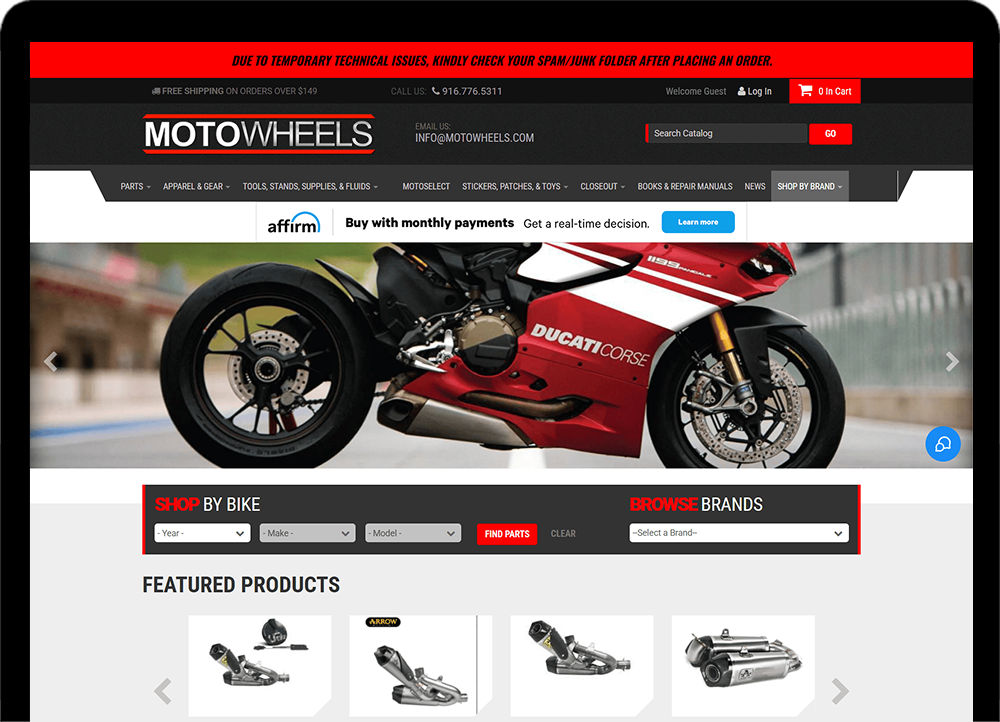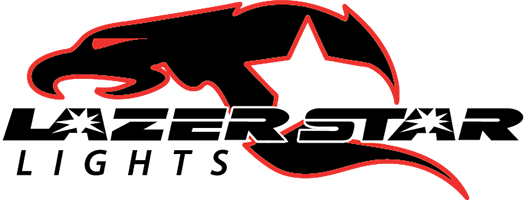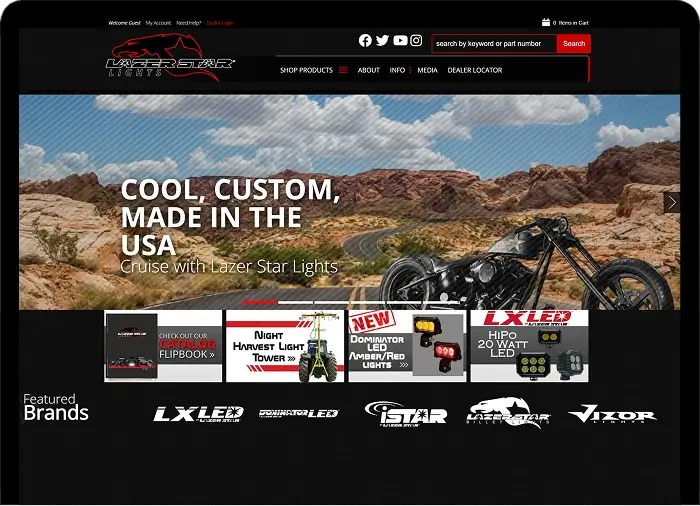Automotive Brick & Mortar eCommerce: Drive Local In-Store Sales
Empowering brick and mortar retailers to boost local sales with our automotive
eCommerce Solution. Expand your reach and increase foot traffic.
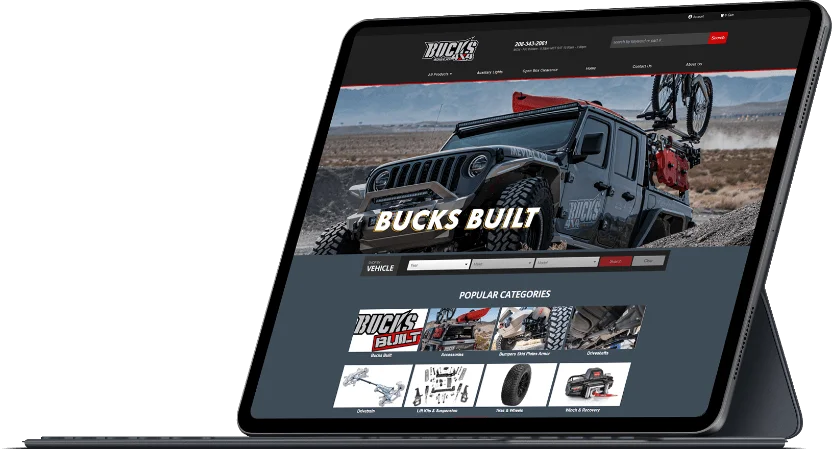
Convert Online Shoppers into In-Store Customers
Most shoppers research products online before making a purchase. A strong online presence is essential for brick-and-mortar auto-part retailers. By creating a locally optimized website, you can attract customers to your digital storefront, showcase your expertise and ultimately drive them into your physical location. LLet us help you convert online interest into in-store sales for your Local Auto Parts Store with In-Store Installation Services and local pickup options.
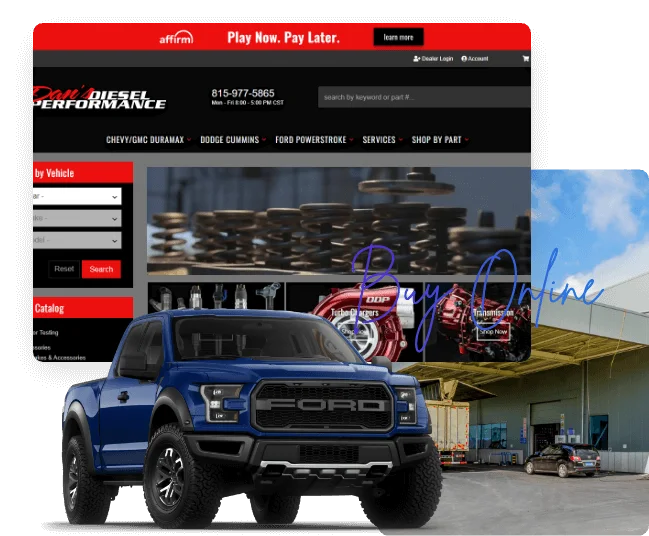
Boost Your Automotive Retail Store
Our system is built for reliability and performance. Daily backups and load-balanced servers ensure uninterrupted service for your Local Automotive Retail locations.
- Increased Sales: Capture local auto parts and brand searches
- Targeted Marketing: Capture local search queries to attract customers
- Increased Foot Traffic: Drive more customers into your store
- Revenue Growth: - Boost retail sales, In-Store Installation Services, and service income
- Product Spotlight: Showcase unique aftermarket products
- Customer Satisfaction: Improve customer experience and loyalty
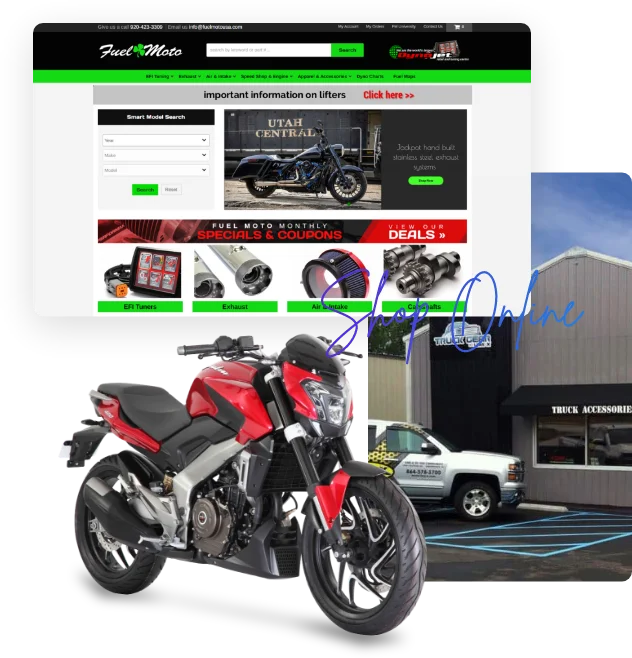
Power Up Your Powersports and Marine Dealership
Our platform is designed to drive foot traffic and sales for powersports and marine dealerships. By capturing local vehicle searches, we connect you with potential customers in your area and nearby Local Auto Parts Store partners.
- Expand Your Reach: Capture local customers searching for powersports/marine products.
- Drive In-Store Sales: Convert online interest into purchases at your dealership.
- Increase Revenue: Boost sales of vehicles, accessories, and replacement parts.
- Clear Inventory: Effectively liquidate vehicles and merchandise.
- Enhance Customer Satisfaction: - Build lasting relationships through exceptional service and In-Store Installation Services.
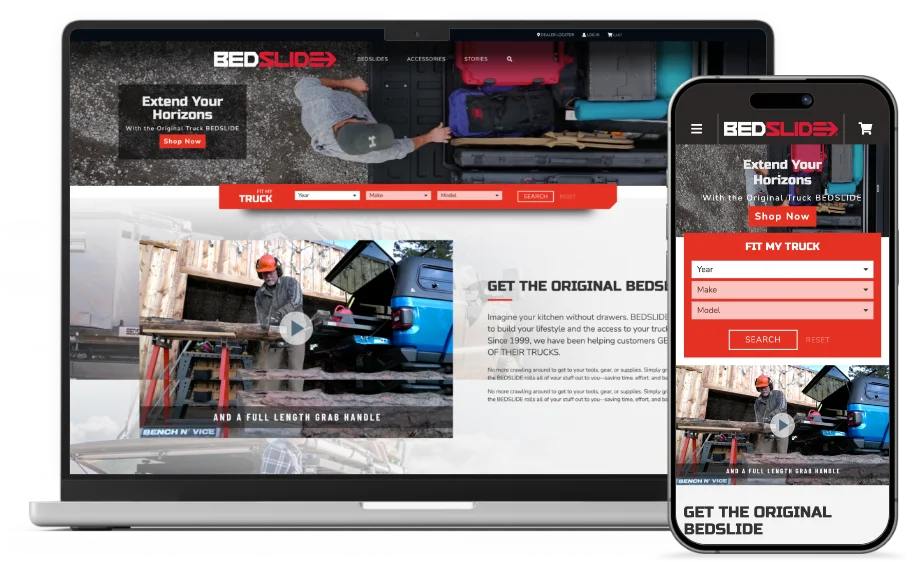
Your Success, Our Expertise
Transform your local automotive sales with our eCommerce Integrations and top-ranking automotive e-commerce web platform. Support your Local Auto Parts Store with site features that promote inventory visibility and In-Store Installation Services.
Leading CMS
Web Shop Manager is your one-stop shop for online success. We've been in the game since 2002, perfecting our platform to give you complete control over your website. From sleek design to powerful features, we've got you covered. Easily manage your store, showcase products, and connect with customers – all in one place.
Success Process
Your goals are our mission. We work closely with you to create a website that perfectly matches your business. Our expert team will dive deep into your brand and customers to build a site that drives results.
Award Winning Designs
Our award-winning creative team of web designers will work closely with you, bringing your vision to life through the design process. Using your input and our expertise we’ll build a polished, high performance store that you’ll love to show off. Our portfolio of work speaks for itself – browse through our extensive collection of professional services websites.
Mobile Optimized Design
Reach customers wherever they are. Our mobile-friendly designs ensure your website looks great and works perfectly on any device. No more squinting or scrolling – just a smooth shopping experience.
ROI Focus
We're all about results. Our platform is designed to drive sales and grow your business. You'll see a clear return on your investment with increased traffic and conversions.
Experienced Support
We know our platform inside and out. As the creators of Web Shop Manager, we offer unmatched support. Enjoy hassle-free assistance and expert guidance every step of the way.
Recent Works: Ecommerce Success Stories

Shift Gears Towards Conversion-Oriented Automotive Ecommerce
Ready to take your business to the next level? Let's work together to create a powerful online presence that drives in-store traffic and boosts sales for your Local Automotive Retail locations. Contact us for a free consultation to discuss your goals and discover how WebShop Manager can help you succeed.

Ready To Grow Your Business?
Ready to elevate your online presence? Contact Web Shop Manager for expert solutions tailored to your
needs. Let’s build something amazing together.

